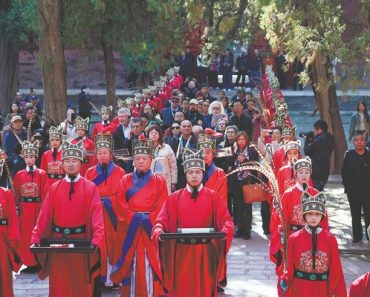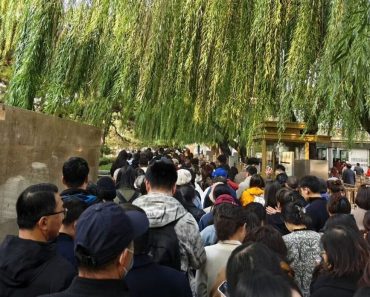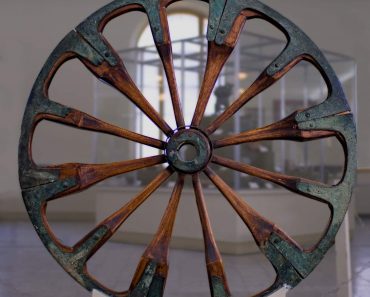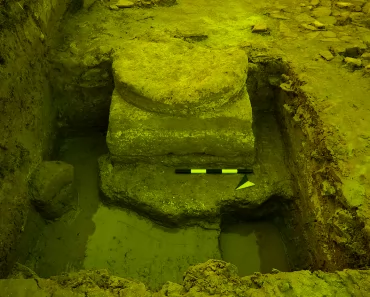
The Greek historian Herodotus once observed that Armenians in the Persian army dressed similarly to soldiers from Phrygia, linking their origins to this region. However, this theory is now being challenged by a groundbreaking DNA analysis of the Armenian Highlands’ genetic history.
Led by Professor Levon Yepiskoposyan of the Institute of Molecular Biology, researchers have completed what he describes as the first comprehensive study of its kind, shedding new light on the region’s ancient past.
No genetic connection between Armenians and Balkan population
Even though linguists have further supported the idea that the Armenian language shares ties with the Thraco-Phrygian subgroup of Indo-European languages, a recent whole-genome study is challenging a long-standing belief and Herodotus’ theory on Armenian origins and ancestry. The research ultimately uncovered no strong genetic connection between Armenians and the people of the Balkan region.
To come to this conclusion, scientists analyzed newly collected genetic data from modern Armenians. They also studied ancient DNA from the Armenian Highlands and compared it with both ancient and modern DNA from the Balkans.
Dr. Anahit Hovhannisyan, a genetics expert at Trinity College Dublin, emphasized how historical beliefs have often shaped our understanding of the past. “For centuries, historical beliefs have shaped our understanding of the past, often leading us to accept theories as truth,” she said.
However, advances in whole-genome sequencing and ancient DNA research are now challenging these views.
Hovhannisyan explained that these tools allow scientists to question old theories and uncover a more detailed and accurate picture of human history. Her findings were recently published in the American Journal of Human Genetics.
Post-Early Bronze Age movement across the Middle East
The study also challenges claims of Assyrian ancestry for the Sasun, an Armenian group from the southern Armenian highlands. This idea, mentioned in historical records like the Bible, cuneiform texts, and traditional stories, has been widely accepted for years.
However, researchers found no genetic evidence to support this. Instead, they discovered that the Sasun population had significantly shrunk in recent history, making them distinct from other groups.
Professor Andrea Manica from the University of Cambridge, a co-senior author of the study, highlighted another key finding. The research uncovered evidence of genetic influence in the Armenian highlands from a population linked to Neolithic Levantine farmers. This migration occurred some time after the Early Bronze Age and matches patterns observed in nearby regions.
The study also explored the genetic makeup of various Armenian groups. Researchers found that populations from the eastern, western, and central regions of the Armenian Highlands share a high level of genetic similarity, despite their geographical differences.
Professor Levon Yepiskoposyan from the Institute of Molecular Biology described the study as a pioneering effort.







